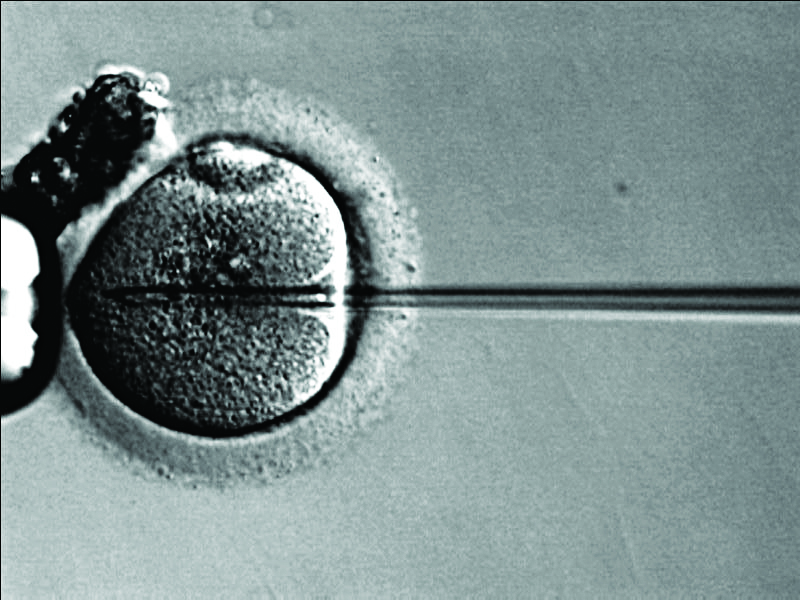For parents whose children are at risk of inheriting a mitochondrial disorder, genetic material from a third person can help them conceive a healthy child. Mitochondria are maternally inherited organelles, so if a mother’s mitochondrial DNA is mutated, her children are at risk of developing defects that frequently result in infant death. Researchers first attempted to prevent mitochondrial diseases in the 1990s by injecting mitochondrial DNA from a donor into another woman’s egg, along with sperm from her partner. Some of these children developed genetic disorders, and the US Food and Drug Administration stopped the procedure.
A recently approved method now used in the United Kingdom is pronuclear transfer: the mother’s and a donor’s egg are fertilized with the father’s sperm, both nuclei are removed from their respective eggs, and the mother’s nucleus is transferred to the donor’s egg. The embryo then possesses mitochondrial DNA from the donor, as well as nuclear DNA from its parents. In this way, the child has genes from three different parents. Recent successful three-parent-births give hope to parents who have lost children to mitochondrial disorders.
“Mitochondrial diseases were incurable until now. The opportunity to use mitochondrial replacement as a form of cell therapy to provide a ‘cure’ should be embraced,” explained Pasquale Patrizio, Director of Yale Fertility Center & Fertility Preservation Program.

